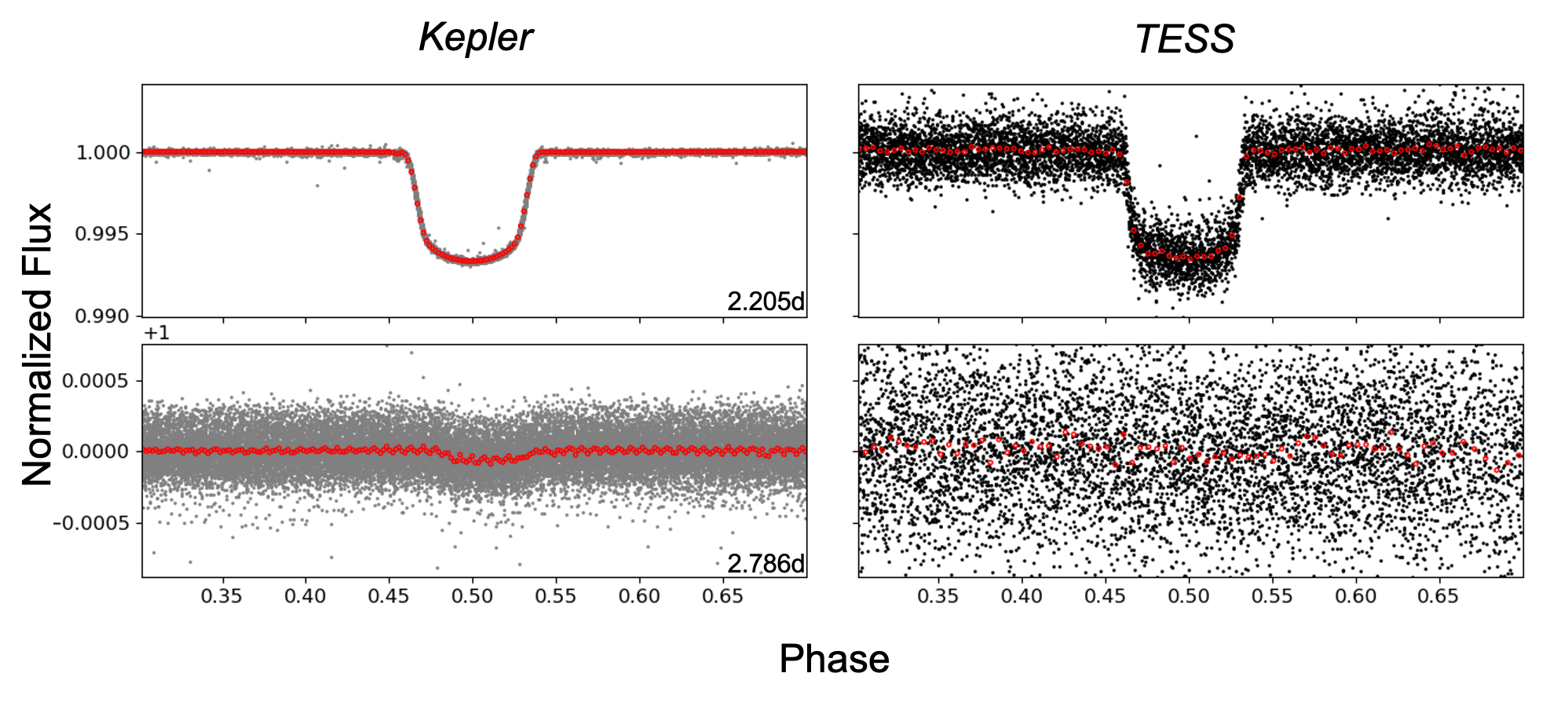About Me

Education: PhD (2018-2022; University of Warwick, UK), BE(Hons)/BSc (2013-2017; University of Auckland, NZ)
Research Interests: Young exoplanets, stellar activity, exoplanet discovery and characterisation.
Publications: ADS link
Hobbies: Hiking, running, reading, Lego and Extreme Ironing...
Research
My primary research interest is the search for and characterisation of young exoplanetary systems, by separating candidate exoplanetary signals from the stellar activity of their host stars. However I also have a wider interest in general photometric analysis, exoplanet and stellar activity modelling and the formation and evolution of exoplanets.

Exoplanets around young stars
Despite the wealth of known exoplanets (over 5000 as of September 2023) there are still many unanswered questions about their formation history and early evolution, so young exoplanets offer a key window into this dynamic and changeable period of a planetary system's life. However, stars of these ages offer significant challenges for detection via either of the traditionally most powerful transit and radial velocity detection methods, since these young stars are typically much more active than the background stellar population. This leads to photometric light-curves and spectrscopic trends dominated by stellar variability which can be on a similar timescale but considerably larger in amplitude than the signal of any exoplanet around that star (e.g. see the top of Figure 1 below), seriously hampering detection through the transit method.
I have developed tools to remove the stellar variability from these young stars (illustrated above in Figure 1) in order to discover new transiting exoplanets, and thus gain new insights into early planetary system evolution. My primary data source is the Transiting Exoplanet Survey Satellite (TESS), which has already completed a 2-year nearly all-sky mission to search for transiting exoplanets, and is now moving into its extended mission. In my first paper I used this pipeline to search through young stars in the first five sectors of TESS data for new exoplanets, and showed how the developed pipeline can significantly improve detection of smaller exoplanets through an injection/recovery study.
I am currently expanding the search for young exoplanets with this pipeline into the first two years of TESS data, continuing to update the pipeline to handle alternative datasets, new young stellar targets and more difficult forms of activity. Since starting at Geneva I have also begun spectroscopic follow-up of interesting young candidates, tackling the stellar variability of the host stars in RV data as well. In my third paper I used Self-Organising Maps to explore the variability of young stars further, and introduce the YOUNGSTER program which uses machine learning methods to classify and selectively detrend a wide range of young star variability.

Kepler Ephemeris Maintenance with TESS
The Kepler mission was game-changing in the exoplanet field, revealing a vast array of interesting new exoplanets and changing our view of what a 'normal' exoplanet system looks like. Further characterisation of promising Kepler planets with future instruments such as the PLATO satellite and JWST will be crucial to understanding the atmospheres and interiors of planets in general. However, with the main Kepler mission ending in 2013 due to a reaction wheel failure, many of these objects have not been re-observed in at least seven years, increasing the uncertainty in their expected future transit times.

In an attempt to save these planets from being lost in time, in my second paper I used new 2min-cadence observations of the Kepler field from the second year of TESS's primary mission to improve the ephemerides of these planets, and prepare them for future characterisation.
Additional Projects Alongside aiding other projects as co-author and constructing proposals to follow up the most interesting young exoplanet candidates with HARPS, ESPRESSO and JWST, I am also currently working on two additional papers: the first on a low-mass eclipsing binary found in the very young Orion Nebula, and a second a long-period Jupiter found through single transits in NGTS and TESS.
Contact
Email: matbatt(at)gmail.com / m.battley(at)qmul.ac.uk
Address: Astronomy Unit, Queen Mary University of London, G.O. Jones Building, Bethnal Green, London E1 4NS, United Kingdom




